Usage warning
Aboriginal and Torres Strait Islander peoples should be aware that this website may contain images, voices and names of people who have passed away.
Snowy Monaro Regional Council acknowledges that Aboriginal people were the first people of this land. Council recognises the Ngarigo people as the traditional custodians of the majority of the region we now know as the Snowy Monaro region. We pay respect to knowledge holders and community members of the land and waters and to Elders past, present and emerging.
Archaeological surveys reveal a long and rich cultural history with significant sites throughout the region. The Monaro was heavily impacted by colonisation and many Ngarigo people now live outside the area. Despite this, Ngarigo people maintain strong spiritual and cultural connections to the high country. Council recognises this continued connection to the land.
Council also acknowledges the connection of other groups to this Country, such as Walgalu in northwestern parts of the region, Ngunnawal in northeastern parts, and Bidhawal (sometimes spelled Bidwell/Bidawal) in the south around Delegate. Groups from the broader south eastern region, including the NSW Far South Coast and Victorian High Country, traditionally travelled to or through the area as guests of the Ngarigo people for a variety of reasons including trade and social interaction.
The history of Aboriginal people on the Monaro is rich and evolving story. As we continue to engage with the community, we learn more about their history and culture. These relationships build a deeper understanding of the people who lived here before us and allow us to share in this vibrant story. Council acknowledges that information on the physical and social boundaries of Aboriginal communities can be contentious and relies on many sources of information. It is our intention to recognise that our Indigenous history has many threads and that these threads weave together to create our contemporary understanding.
There are currently three Declared Aboriginal Places in the Snowy Monaro LGA, gazetted under the National Parks and Wildlife Act 1974. These include Coolamatong (Lambie Gorge) in Cooma, Curiosity Rocks in Jindabyne, and the Delegate Aboriginal Reserve. Aboriginal places protect areas of land which have recognised values of significance to Aboriginal people. A place can have spiritual, natural resource usage, historical, social, educational or other type of significance.
Snowy Monaro Regional Council recognises that the information we currently have about local Aboriginal history may change as more stories are shared. We welcome additional information from Aboriginal people, historians and anyone with reliable information to contribute to our shared story across the region.
Further information, transcribed from Felix Mitchell's 1926 publication 'Back to Cooma', can also be found on the Monaro Pioneers website's Aboriginals on the Monaro page. The following documents give some insight into the history of Aboriginal culture on the Monaro. Please note that this information was considered accurate at the time of publication based on the information available at that time, and that information may have changed or been updated as new stories are shared.
A pathway of peace...
The Bundian Way begins on the highest peak of the Australian continent at 2,228 metres and runs some 330km before it reaches the coast at Bilgalera, on Twofold Bay.
The Bundian Way is an Eden Local Aboriginal Land Council project that is developing the ancient walking track from the coast to the mountains. This walking track is older than the silk roads and was used the Aboriginal people for trading, ceremonies, family gatherings and caring for country for thousands of years.
At many places along the route the original landscapes are still discernible and evidence of the old land management is still obvious. The Bundian Way illustrates how in the early days of European settlement, the old Aboriginal people showed the settlers the best places for their stations as well as routes through the wild country, following the pathways that had been used for thousands of years.
The Bundian Way tells the story of country and how it has been managed through time. It tells the story of dispossession and the treatment of its first people, it educates and provides opportunities for employment and reconnection to country.
At the second exhibition held at the Bundian Way Gallery at Delegate, “Healing our Spirit”, Mick Gooda, Aboriginal and Torres Strait Islander Social Justice Commissioner, gave a powerful speech. He praised the art and the imagination of the exhibition, its relevance to the Bundian Way, and considered what it will mean for the Aboriginal people in custody. He added, ‘And what we’re seeing with the Bundian Way is a reconciliation. It’s a mechanism. You don’t just get people waking up one day and saying, ‘Let’s do reconciliation.’ This is a track, a meeting place, that links the freshwater to the saltwater, the beaches to the mountains. People traversed that track for a lot longer than most of us can get our heads around. And it should be a track for all of us to come together now, where we can come together and understand the value of what’s happening in our age...’
For more information, please see the Master Plan below and visit the Bundian Way website.
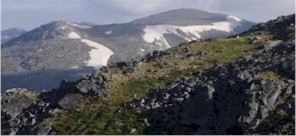
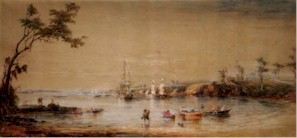
NAIDOC stands for National Aborigines and Islanders Day Observance Committee. Its origins can be traced to the emergence of Aboriginal groups in the 1920s which sought to increase awareness in the wider community of the status and treatment of Indigenous Australians.
NAIDOC Week is held nationally in the first full week of July. It is a time to celebrate Aboriginal and Torres Strait Islander history, culture and achievements and is an opportunity to recognise the contributions that Indigenous Australians make to our country and our society.
Snowy Monaro Regional Council celebrates the history, culture and achievements of Aboriginal and Torres Strait Islander peoples by partnering with local groups and organisations to showcase our Aboriginal heritage and future. During this week, Aboriginal and Torres Strait Islander residents are invited to share their experiences and learnings at exhibitions and events across the region.
Please contact one of Council's Community Development Officers for more information on upcoming events and initiatives.
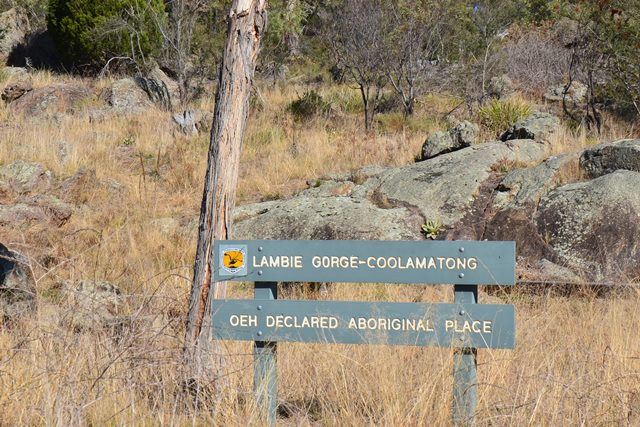
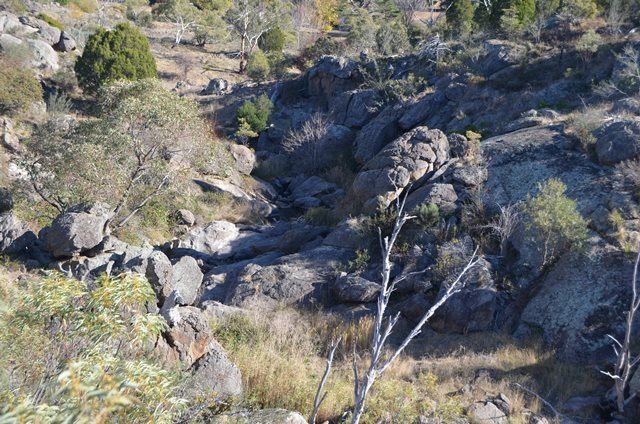
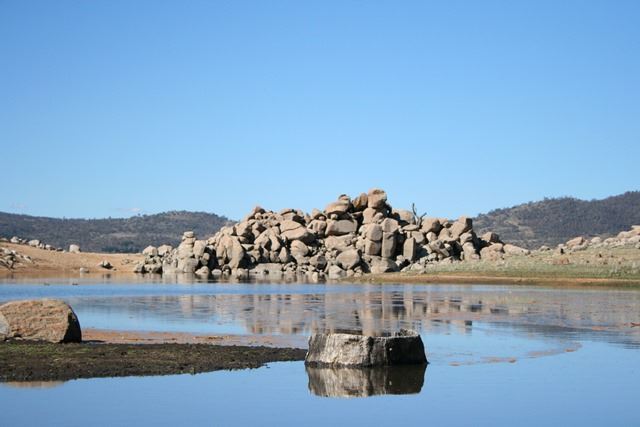
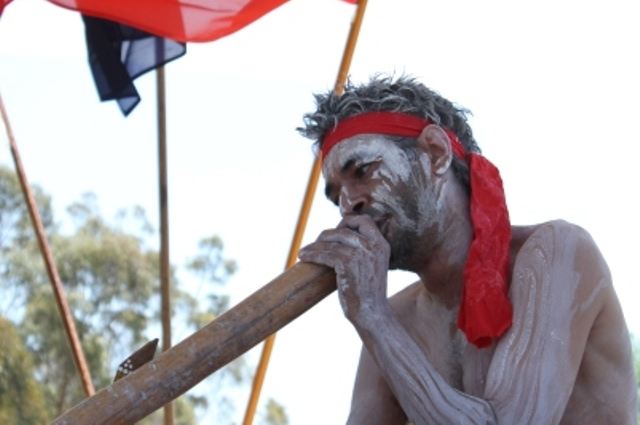
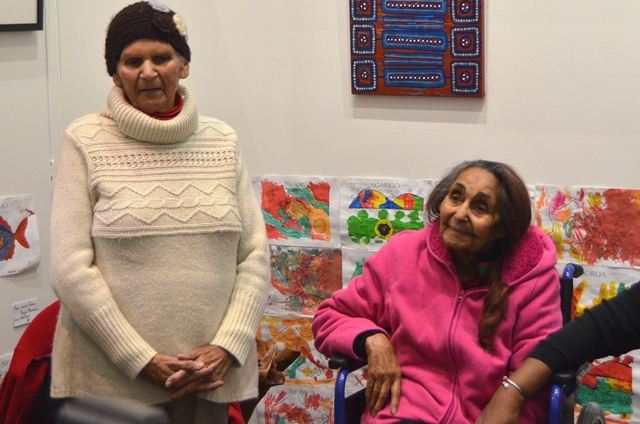
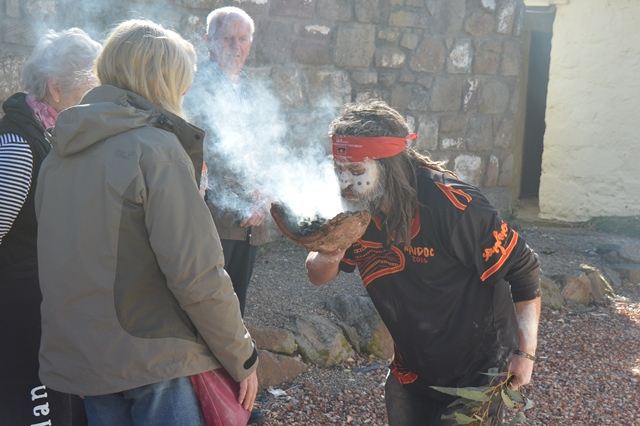
The Monaro Koori Interagency is a community network meeting, facilitated by NSW Family & Community Services. The network aims to improve service outcomes for Indigenous people across the entire Snowy Monaro region.
Membership of the interagency includes representation from a wide range of service providers, as well as members of the local Indigenous community. Meeting dates are not currently set.
Snowy Monaro Indigenous Services Brochure
This brochure is an initiative of the Monaro Koori Interagency and provides information on how to access health, education, housing, health, legal, employment and support services. A digital copy of the brochure can be found HERE(PDF, 650KB). Please contact Council's Youth and Community Development team on 1300 345 345 if you would like a printed copy of the brochure.
Members of Local Aboriginal Land Councils (LALCs) are elected representatives for Aboriginal people. The NSW Aboriginal Land Council is the peak body for 119 LALCs in NSW. There are seven Local Aboriginal Land Councils who have a footprint in the Snowy Monaro region. They run horizontally (east west) from the coast, into or across the region and in some cases westward to the mountains.
The relevant LALCs are listed below in order from northern to southern. The boundaries for the LALCs in the Snowy Monaro region can be accessed on the NSW Aboriginal Land Council website.
Mogo Local Aboriginal Land Council
32 Sydney Street Mogo NSW 2536
Phone: (02) 4474 5229
Email: ceo@mogolalc.org.au
Cobowra Local Aboriginal Land Council
193 Vulcan Street, Moruya NSW 2537
PO Box 204 Moruya NSW 2537
Phone: (02) 4474 4188
Email: ceo@clalc.com.au
Bodalla Local Aboriginal Land Council
68 Princess Highway Bodalla NSW 2545
Phone: (02) 4473 5404
Email: bodallalalc@bodalla15.com
Wagonga Local Aboriginal Land Council
16 Canty Street Narooma NSW 2546
PO Box 78 Narooma NSW 2546
Phone: (02) 4476 1144
Email: wagongalandscouncil@gmail.com
Merrimans Local Aboriginal Land Council
13 Umbarra Road Wallaga Lake NSW 2546
PO Box 13 Wallaga Lake NSW 2546
Phone: (02) 4473 7288
Email: ceo@merrimanslalc.org.au
Bega Local Aboriginal Land Council
Level 1, 187 Carp Street, Bega 2550
PO Box 11, Bega NSW 2550
Phone: (02) 6492 3950
Email: ceo@begalalc.org.au
Eden Local Aboriginal Land Council
Jigamy Farm Eden 2551
PO Box 199 Eden NSW 2551
Phone: (02) 6496 1922
Email: ceo@edenlalc.org.au